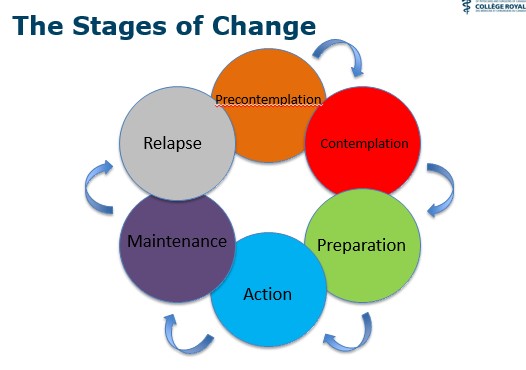Resources for Program Directors

The Program Director is the faculty member responsible for administering the overall conduct of the residency program. The Program Director, assisted by their Residency Program Committee, will assure that the residents in their program receive the best possible educational experience and that the accreditation standards defined by the relevant accrediting college and standards set by regulatory bodies are maintained.
The PGME office works with programs that have transitioned—or are preparing to transition—to CBME, to ensure that faculty members have a firm grasp of the model and the new expectations around teaching and assessment within and across each stage of the program. This includes providing them with training and tools to help them adapt to the new paradigm.
The Royal College of Physicians and Surgeons of Canada is working with the country’s medical schools, teaching hospitals and resident organizations throughout the planning and implementation stages to provide information, guidance and resources, while addressing emergent concerns.
The Royal College website provides comprehensive resources which are freely available to all programs to use and adapt.
